Plesník J.: Atchafalaya Bayou – A Point Where the World Ends
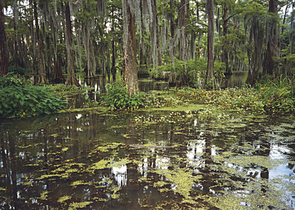
The Atchafalaya Bayou is the largest swamp in the United States, covering 3,200 km2. It is situated in south central Louisiana and harbours nationally significant expanses of bottomland hardwoods, Bald Cypress-Tupelo swamplands, meandering bayous, and back-water lakes.
Nature Conservation 4/2011 — 4. 11. 2011 — International Nature Conservation
Plesník J. & Pelc F.: Forest in Europe and in the World: Current Status and Future Prospects
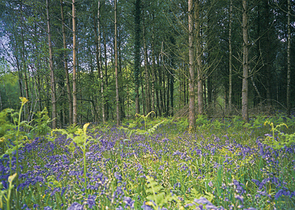
The United Nations declared 2011 as the International Year of Forests to highlight an important role played by worlds forests in maintaining fundamental ecological processes as well as in providing livelihoods and supporting economic growth. Forests cover about 31% of the land on Earth, around 4 billion hectares, and they are more biologically diverse than any other land-based ecosystems.
Nature Conservation 4/2011 — 4. 11. 2011 — International Nature Conservation — Print article in pdf
Větrovcová J., Poledníková K., Poledník L., Beran V. & Hlaváč V.: Database of Findings of Dead Euras
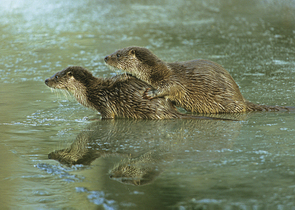
The article attempts to demonstrate the importance of data collected from found dead animal carcasses giving the example of Eurasian otters (Lutra lutra). Collecting dead otters and subsequent analyses of the carcasses have started in the Czech Republic at the local level in the 1990s.
Nature Conservation 4/2011 — 3. 11. 2011 — Research, Surveys and Data Management — Print article in pdf
Lustyk P. & Oušková V.: Habitat Mapping Layer and its Updating – The First Possibilities to Compare
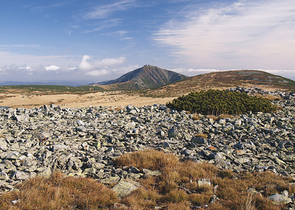
In 2000–2004, natural habitat types had been mapped across the whole Czech Republics territory to provide the Natura 2000 site identification with the background data. The process produced a whole-size habitat mapping layer (HML) having been used for fulfilling international duties, but also as an information source on habitat distribution and size for the State/Public Administration authorities, university students as well as for a lot of commercial bodies.
Nature Conservation 4/2011 — 3. 11. 2011 — Research, Surveys and Data Management — Print article in pdf
Havelková S.: Question Marks on Felling Woody Plants
Although decision-making on permitting felling woody plants growing outside the forest is one of the most frequent administrative acts issued by the State Nature Conservancy authorities, some questions have not been clear yet. The basic condition under which felling can be permitted is presence of serious reasons as well as assessment of functional and aesthetical importance of the particular woody plant.
Nature Conservation 4/2011 — 3. 11. 2011 — Nature Conservation Legislation — Print article in pdf
Pešout P.: Co-operation between Nature Conservation and Monument Care “Rediscovered“
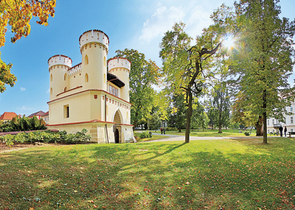
Nature conservation and landscape protection and cultural monument care have had a long and joint tradition in what is now the Czech Republic, having been lasting since the early 19thcentury. In 1991, both the sectors had been splitted: it resulted in different approaches both in their policies and in practice.
Nature Conservation 4/2011 — 3. 11. 2011 — Nature and Landscape Management — Print article in pdf
Lamačová V. et al.: Norwegian Funds Contribution to Endangered Species Action Plans/Recovery Program
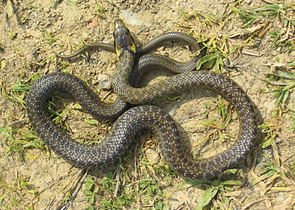
Due to limited national funds available for developing and implementing endangered species action plans/recovery programmes, the Ministry of the Environment of the Czech Republic (MoE CR) tried to raise funds from the European Economic Area/Norwegian Financial Mechanism. For that purpose, a comprehensive project entitled “Action Plans/Recovery Programmes for Specially Protected Species” had been drafted.
Nature Conservation 4/2011 — 3. 11. 2011 — Nature and Landscape Management — Print article in pdf
Štefka L.: The Moravský kras/Moravian Karst Protected Landscape Area Fifty-five Years Old

The Moravský kras/Moravian Karst is the most important karst area in the Czech Republic. Since 1956, it has been a Protected Landscape Area (PLA), covering 92 km2. Unique wildlife features as well as numerous archaeological, palaeontological and cultural monuments can be found there.
Nature Conservation 4/2011 — 3. 11. 2011 — On Nature in the Czech Republic — Print article in pdf

